KETTLE RIVER Q&A: The twisted tale of a MAD trout
Adapted from a presentation to classes at West Boundary Elementary, May 2014.
Today I want to tell you the story of Maddy the trout. This is a true story, kind of. One that requires a bit of imagination, and no fear of statistics of a very basic kind.
Maddy is a rainbow trout (formally Oncorhynchus mykiss for those who like Latin), a flashy, sporty fish of rivers and lakes across the land, good eating for birds and bears and humans alike. People have been known to travel far and wide to cast a fly for Maddy and her kin. In the Kettle and Granby Rivers, she can grow as long as your arm, if you let her.
Maddy the trout is a generous type, tolerating hairy hands and painful hooks to some degree, happy to hide away in deep pools or run the river hunting for scuttling critters.
In the hottest days of summer she’ll seek the coldest places, for when the water warms above 20 degrees she quickly tires. When the river runs low, Maddy has fewer and fewer places to hide, as once-deep holes are filled up with cobbles and gravel, less large logs and shady spots provide cooling cover, and safe cool places disappear as the water falls. And then, when the hiding places are the least, they fill with lines and hooks and nets – and sneaks.
Maddy gives of herself if we give back. But she’s MAD now (here’s the statistics).
Trout do best when the river is running medium-full – not too fast, lots of room to swim and hide and eat – somewhere between the average flow for the whole year (Mean, meaning average, Annual Discharge or MAD), and 20% or 1/5 the flow at MAD. (Mean Annual Discharge downstream of Grand Forks is about 83 cubic meters per second – a little less than a backyard swimming pool going by every second).
Below 20% of MAD, it’s still okay – but with the river warming up and habitat degraded, things aren’t as good as at higher flows. Below 10% of MAD (often in August-September), the river gets narrower and gravel bars are above the surface, meaning that available habitat quickly shrinks as the water heats up to lethal levels.
By 5% of MAD there’s almost nothing left – a few deep holes between sections of river that you can walk across. And the river can go from above 20% down to 5% in a matter of a few weeks – not a lot of time for water restrictions to kick in. Five percent of MAD is less than 5 cubic meters per second – less water than could fill a small cargo van.
Scientists from the provincial government have looked at flows and habitat around the Kettle and Granby Rivers, and are studying changes to fisheries and water regulations to help protect the trout and other needs of the river. The Kettle River Watershed Management Plan is examining these options to give advice on the best ways for the government, for our communities, and for fishers and people along the river to help.
So what might Maddy’s advice be to us?
“Don’t cut down trees near the shore, plant them back instead (cottonwood, rose, native willow all suit me fine). Fix eroding slopes that choke my summer home with sediment. Put logs and boulders in just the right places to deepen holes where they have filled in. Use much less water, especially in summer – those lawns will grow green again in fall! Keep your trash and trucks and pollution well away from me. Know the fishing and water regulations and report poachers and polluters (1-877-952-RAPP). And stop with all the hooks when the flows are lower and the water’s warm – even if you catch me and let me go, I might not make it to when the waters become cool once more.”
—Graham Watt is coordinator of the Kettle River Watershed Management Plan for the Regional District of Kootenay Boundary, working with a Stakeholder Advisory Group of people from across the region. Contact Graham at plan@kettleriver.caor 250.442.4111.


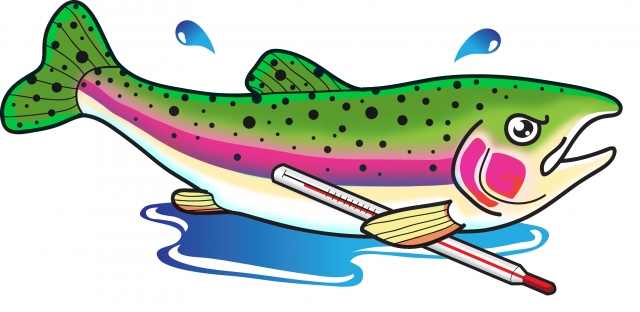
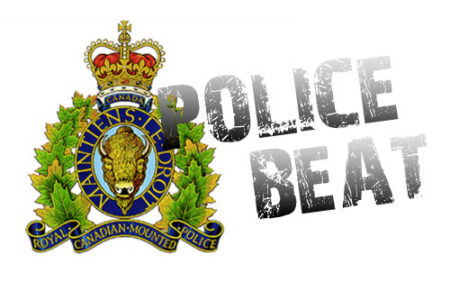
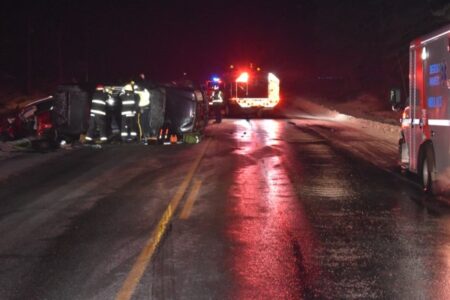
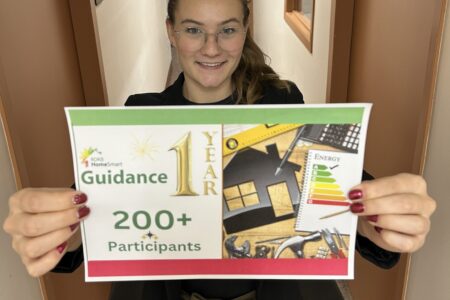
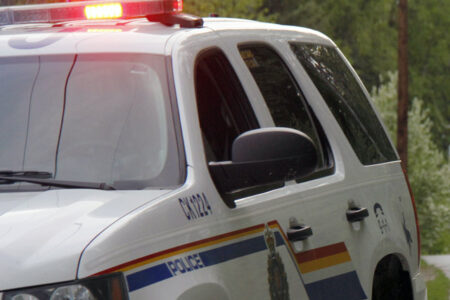

















Comments